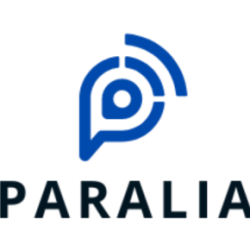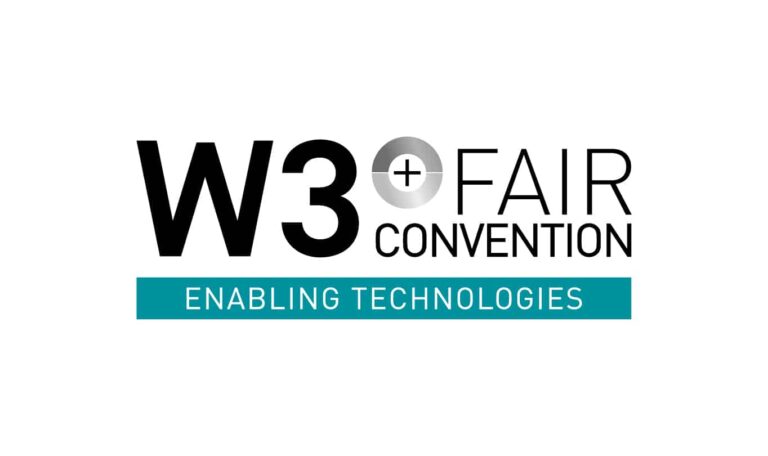PARALIA
Radar and lidar technologies combine to deliver multi-beam platform
Photonic Multi-beam Beamforming Technology enabling Radar/Lidar Multisensor Fusion platforms for Aerospace and Automated Driving applications.

Project ID: 101093013
Start date: 1. 1. 2023
End date: 30. 6. 2026
EU cordis link: CORDIS
Website: paralia-horizon.eu
LinkedIN: project group

Argotech’s role
- Definition of electro-optical interfaces.
- Developing and designing the assembly process flow for group of demonstrators, ensuring efficient production.
- Electro-optical assembly and packaging of RADAR and LIDAR demonstrators.
Project description
Automated driving and aerospace applications need to integrate technologies that allow ultrahigh resolution at ultralong distances. The EU-funded PARALIA project will combine radar and lidar technologies to develop an optical multi-beam beamforming platform based on the pioneering multi-port linear optical Xbar architecture, which has already been tested in neuromorphic applications. Project work will lead to the development of novel multi-sensors featuring low cost, energy efficiency and overall improved capabilities via the re-architecture of their ecosystem. The project will demonstrate the universality of its innovative solution by developing two multibeam lidar modules, two multibeam radar modules and a multisensory module combining both technologies.
Objectives
PARALIA will enable an agile, low-cost, and energy-efficient multi-sensor combining Radar and Lidar technologies will re-architect the sensors ecosystem, upgrading their capabilities and enabling ultra-high resolution at ultra-long distances crucial for current and futuristic automotive and aerospace applications. To this end, a common Lidar/Radar optical multibeam beamforming platform will be developed based on the best-in-class multi-port linear optical Xbar architecture previously used for neuromorphic applications. For its implementation, PARALIA will utilize hybrid InP-SiN integration while leveraging a tight integration of InP components in multi-element arrays and the advances in SiN PZT optical phase shifters with μs-reconfiguration time, and low power consumption < 1uW. To demonstrate the universality of the developed optical multi-beam platform number of Lidar and Radar will be developed:
- Objective 1: Two multibeam Lidar modules featuring 120 degrees horizontal field of view (FOV) and 30 degrees vertical FOV and supporting 8 and 64 independent beams with 64 independent beams, based on 8 wavelengths – 8×8 XBar architecture.
- Objective 2: Two multibeam Radar modules operating at K- and E- band for aerospace and automotive industries respectively. Both radar modules feature 120 degrees Vertical and Horizontal FOVs and support 8 independent beams
- Objective 3: A multisensor module combining the Radar and Lidar modules with a processing unit employing a fusion ML algorithm developed to acquire and process the information coming from the multiple beams of the multi-sensor greatly enhancing its range and resolution.
Coordinator:
Partners:
Collins Aerospace Ireland, Limited, Ireland
ICCS – Erevnitiko Panepistimiako Institouto Systimaton Epikoinonion Kai Ypologiston, Greece
Fraunhofer Gesellschaft zur Forderung der Angewandten Forschung EV, Germany
Lionix International BV, Netherlands
Siklu Communication Ltd, Israel
Sivers Wireless AB, Sweden
Valeo Autoklimatizace k.s., Czechia

This project has received funding from the European Union’s Horizon Europe research and innovation programme
under grant agreement no. 101093013.


